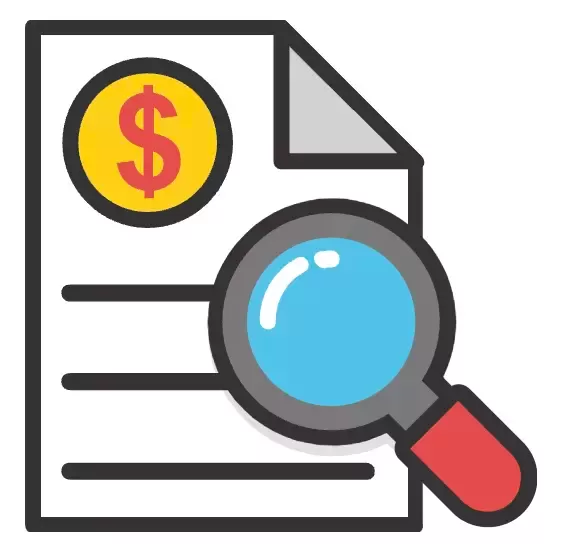
Export Services
Opening a company in the USA
ExportUSA opens US incorporated companies in all of the United States. We can open both LLCs and corporations
https://www.exportusa.eu/opening-a-company-exportusa.php (+1) 718-5225575
(+1) 718-5225575
According to American accounting principles, the amortization period for most intangible assets is 15 years. However, goodwill amortization is set at 10 years.
In the United States, intangible assets are typically defined as non-physical assets used over multiple fiscal years. These assets often include intellectual property and creations protected by copyright, such as literary, artistic, scientific, and musical works, as well as architectural, cinematic, and photographic works, software, licenses, and royalties.
The proper valuation and accounting of intangible assets can be complex, primarily due to the way these assets are managed. Assigning a value is challenging because of the uncertainty regarding their future benefits. Moreover, the useful life of an intangible asset can be either identifiable or non-identifiable.
Most intangible assets are considered long-term assets, meaning they have a useful life of more than one year. Examples of intellectual property classified as intangible assets include:
Intangible assets can also include:
Brand equity is also considered an intangible asset since a brand’s value is determined by customer perception rather than being a physical asset. In many cases, intangible assets contribute significantly more value to a company’s future potential than tangible assets.
Intangible assets are listed on a company’s balance sheet only if they:
Internally developed intangible assets do not appear as such on a company’s balance sheet in the U.S. For example, even though Apple’s logo has immense brand recognition value, it does not appear on the company's financial statements. The reason is that the logo was internally developed and does not have a purchase price that can be used to assign it a fair market value, as would be the case if it were acquired through a merger or acquisition.
When intangible assets have an identifiable value and a defined lifespan, they appear on the balance sheet as long-term assets, recorded based on their purchase price and amortization schedule.
For example, if a company spends $10,000 to purchase the right to use another company’s customer list for 10 years, then $1,000 of the purchase price would be expensed each year. The value of the customer list license would appear as an asset on the balance sheet in the third year with a remaining value of $7,000.

ExportUSA opens US incorporated companies in all of the United States. We can open both LLCs and corporations
https://www.exportusa.eu/opening-a-company-exportusa.php
ExportUSA handles the accounting for all types of American companies and all types of businesses. In addition to bookkeeping, we prepare and present end-of-year income statements as well as quarterly [or monthly, depending] sales tax statements.
https://www.exportusa.eu/accounting-services-exportusa.php
List of countries that have a double tax treaty with the United States
https://www.exportusa.eu/tax-treaties-united-states.php